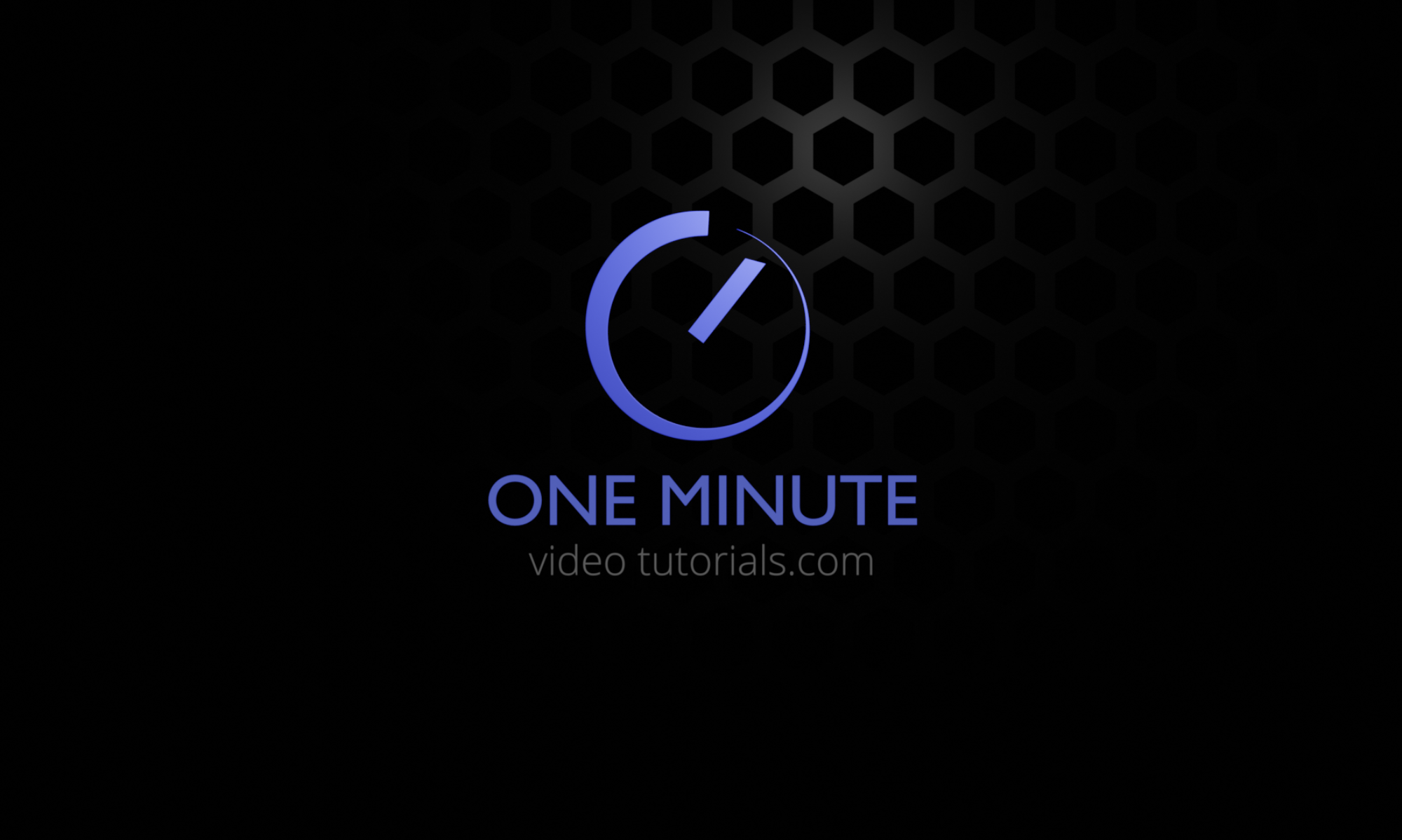Construct 3 has received a long-awaited feature when the Timelines got introduce a few years back. They have been built to be incredibly powerful, but getting started with timeline animation in Construct can feel confusing even for professional animators who are very familiar with concepts like keyframes and eases.
Here are the basic steps you should perform when you want to use the Timeline to create a rotation for an object:
-Right click somewhere in the layout editor and choose Timeline -new timeline
-Drag and drop an instance to the timeline
-Turn on editing (the pen icon)
-Select the instance and change it’s angle value in the properties bar
-Record this change as a keyframe by clicking on the + button to set keyframes
Here’s a few other tips:
-If you want to open the Timeline properties like the name of the Timeline, you need to click on the headers for things like the timeline name or a specific track. Then they will open up in the properties bar. Simply clicking on the Timeline bar itself is not enough.
-If you want to access the Timeline with events, you need to add the global timeline object to the project.
-You can zoom the timeline by scrolling while holding down ctrl
-To change the value of an existing keyframe, you don’t click “set keyframe” as in many other animation programs, but instead change the value, right click on the keyframe and choose “update”.
You can set any instance to play with the timeline using the “Set instance” action. Very handy for giving different objects the same animation.
One way of uniquely identifying a timeline is to give them a unique tag, possibly based on the UID of the instance involved.
If you want to do something with the instance you play with a timeline, one easy option for that is using the “system –> wait for previous actions to complete” action, which will wait for the timeline to finish and allow you to operate on the instance right after that.
One really powerful feature is the ability to add tags to master keyframes (the round ones). These tags can then be used to trigger various events in order to make things happen in sync with your animation.
